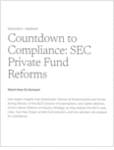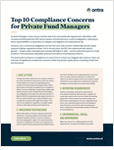There is a chance your customer relationship management database could be doing a lot more of the leg work for you. Simon McNidder says technology should be doing far more for law firms than it is
Do you want to know how your customer relationship management (CRM) database could do much of your marketing admin for you, as well as automatically ensure you target the right people with the right information at the right time and in the right way?








